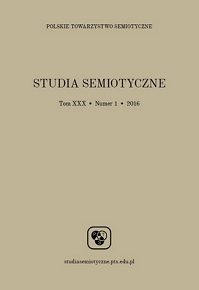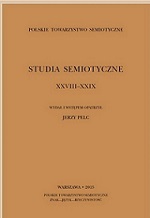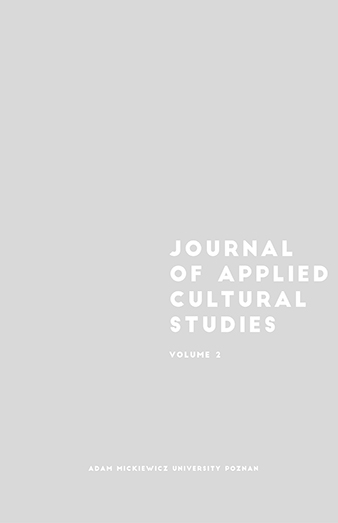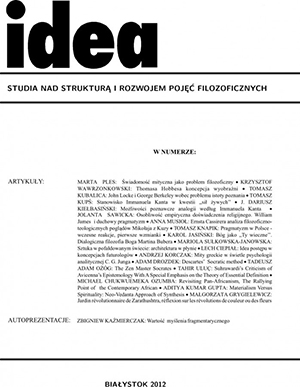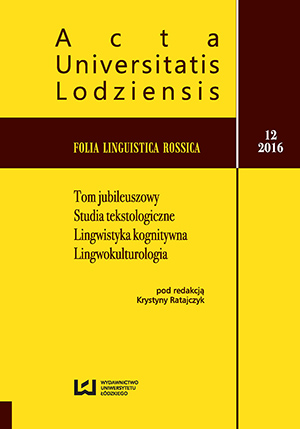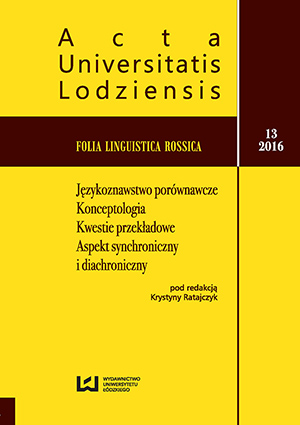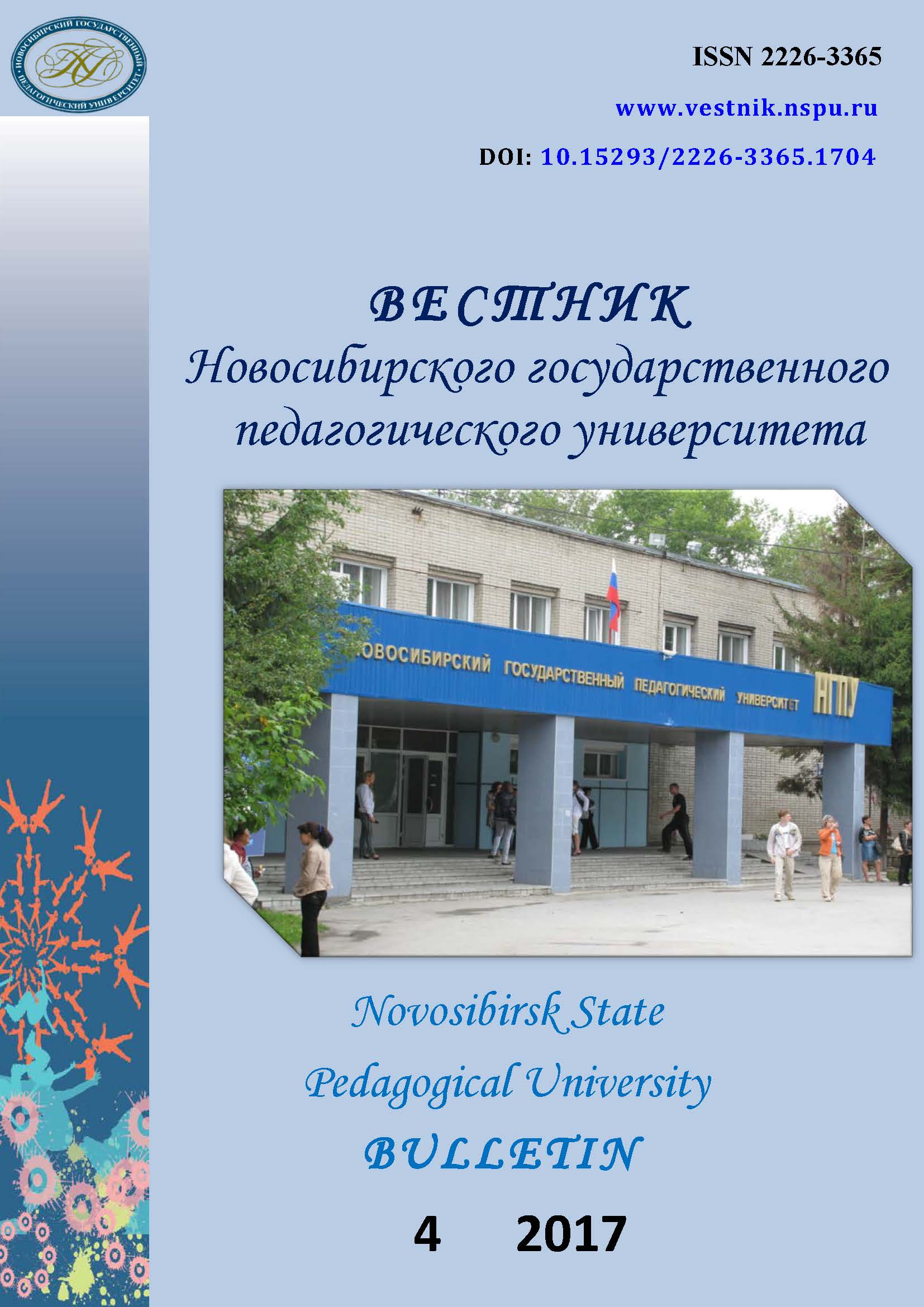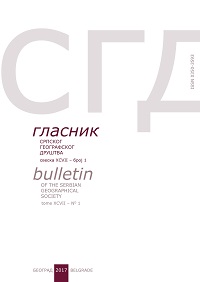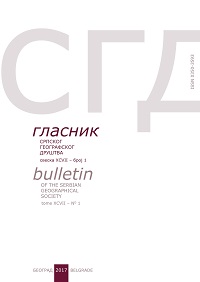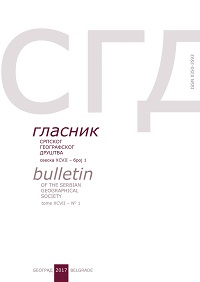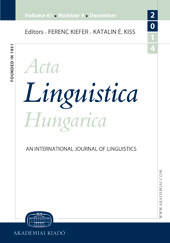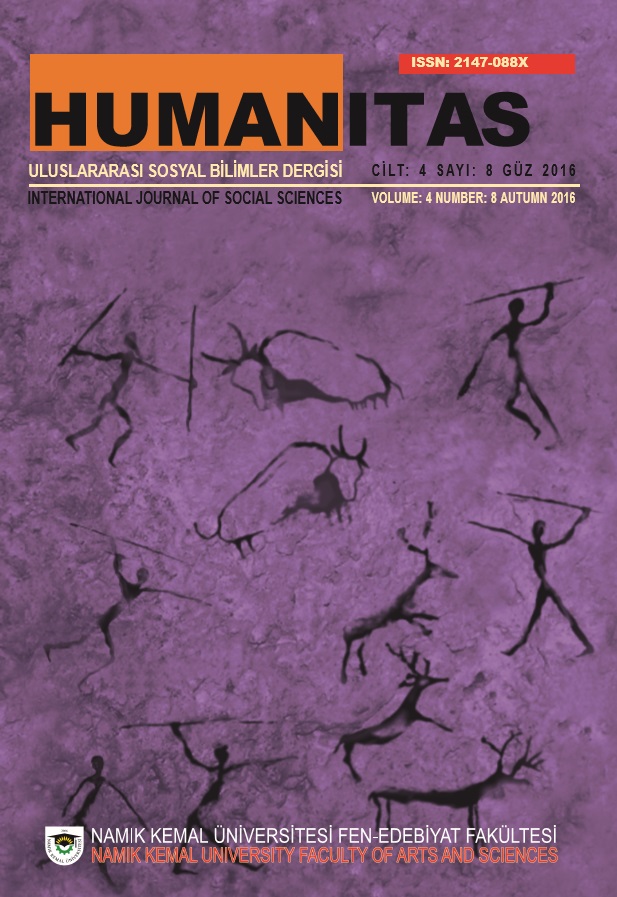
GUY DE MAUPASSANT’IN DAĞ OTELİ ÖYKÜSÜNDEKİ UZAMA GÖSTERGEBİLİMSEL BİR YAKLAŞIM
The story, from past to present, as a literary genre, has been the focus of attention of the reader, and object of research, linguists, semioticians. The common point of the products, which are examined according to many theories and research methods, is that they contain “character”, “space” and “time” items. In this study, it is aimed to present the function and place of “space” in the story “Mountain Hotel” written by the famous French writer Guy Maupassant in 1886. Space has an important role in terms of the meaning production process in the story. It also has an interaction with the other elements; “time” and “character”, in meaning process. While examining the element of space in the story, the relationship of this element with time of the story and characters, its place in this relationship, and its transformation are evaluated. Our point of departure here is the semiotic method which is based on the examination of the production of contrast. A.J. Greimas led to the theory of semiotics, who examines the literary products in the meaning process, in the surface structure, and in the deep structure. Meaning production by using the opposite structures will lay out the values of the element of “space” in a detailed manner which is the main point of our study. We think that it is necessary to use semiotics method, to see these values, what they mean in terms of holistic means, to resolve their relationship with each other and to classify them. Our claim is that, this item, considering its role in creating layers of meaning in the story, would be a kind of basis of researchers who examine the formation of meaning and relationships in literary texts.
More...
